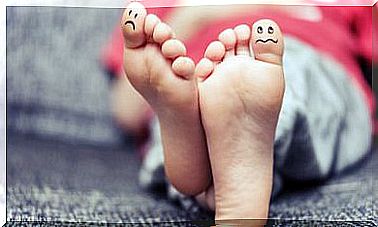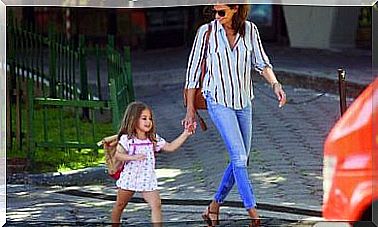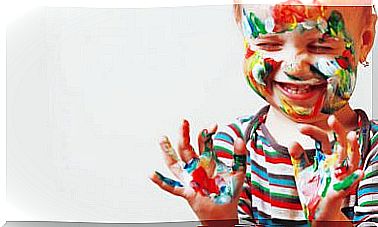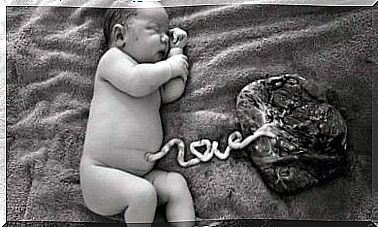Childhood Dysarthria: Symptoms And Treatment
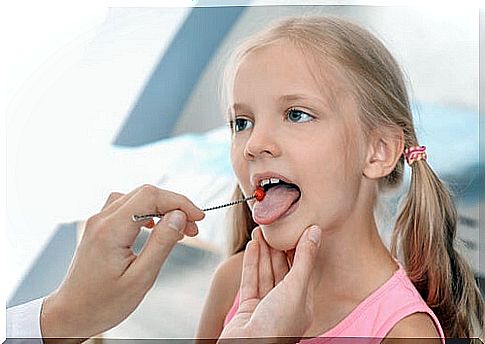
Childhood dysarthria is defined as a neurological disorder that mainly affects the articulation of speech. It is important to know and detect the symptoms of this condition to take the necessary corrections and thus guarantee the child a comprehensive physical and psychological development.
What is infantile dysarthria?
As we can see, it is a neurological condition whose main consequence is an alteration in pronunciation or articulation of speech. Various neurological causes alter the muscular control of these mechanisms and, therefore, the child’s ability to articulate sounds correctly is affected.
What can cause dysarthria? This neurological alteration can occur from the birth of the child to even during the course of childhood. Generally, when it occurs from birth it is due to different problems that the mother may have experienced during pregnancy.
But as we have said, this disorder can also occur during childhood. Especially if the child suffers some kind of head trauma or stroke. It can also develop from other neurological diseases.
Types of dysarthria
There are several types of dysarthria. Each of them has specific characteristics, so the treatment must be approached individually, according to each patient. In this sense, 6 types of dysarthria can be defined: flaccid, hyper, spastic ataxic, mixed and anarthria.
Among all these types of dysarthria, anarthria is the most serious of all. In fact, some manuals consider it a different pathology. In this case, the affected child or adult understands the interlocutor and is able to read, but is completely unable to articulate a single word.

Symptoms of infantile dysarthria
It is critical that parents are vigilant for any major and lasting changes in their child’s behavior and talk. In this way, it will be possible to make a proper diagnosis and proceed to treatment to gradually reverse the infantile dysarthria.
This alteration largely depends on the type of injury that produces it, as well as its extension and size. Accordingly, the symptoms may vary.
The most important signs of this problem are usually:
- Changes in tone of voice, especially a change towards a nasal voice.
- Problems moving the lips, tongue and jaw.
- Difficulty controlling saliva.
Other symptoms of infantile dysarthria can be:
- Flabby muscles or, on the contrary, very stiff.
- Problems controlling the volume of the voice, that is, speaking very loudly or very quietly.
- Shortness of breath.
- Little articulation, to the point of not being able to understand what the child is saying.
What is the treatment for childhood dysarthria?
It is very important to make an early diagnosis so that the child can have access to the best treatments. In this sense, the direct family group is key to the recovery of the child, since they must actively collaborate in their therapy.
Treatment itself may vary according to the age, type, and severity of the dysarthria. However, in general, a group of multidisciplinary specialists will be in charge of working on different facets that affect the child.
The child’s age is key to obtaining better results, as well as the support of the entire family group and the school; the family has to be well involved. On a day-to-day basis, the child must attend therapies with professionals and do exercises at home that will allow them to accelerate the results.
In this way, you will work on aspects such as general relaxation, breathing, articulation, hearing, chewing and swallowing. In cases where the child has many problems in oral communication, he may require learning augmentative communication.

What is augmentative communication like?
Augmentative communication will help the child to communicate effectively. It consists of communication by signs used by deaf people or also by making drawings, theoretical elaborations or technical aids, among other tools to express themselves.
In short, childhood dysarthria is a serious neurological disorder that can develop due to different factors. According to the type, location and severity of it, the diagnosis and treatment can change considerably.
The age of the child is also essential for obtaining the best results. If the diagnosis is made early, these can be considerably good.

